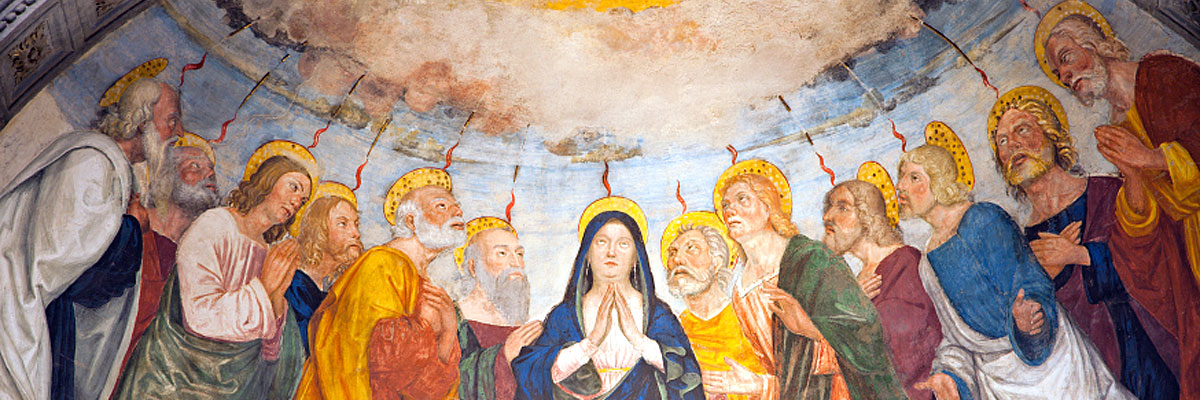
Understanding Our Church
A Treasury of Arkansas Writers Discussing the Catholic Faith
Official Website of the
Catholic Diocese of Little Rock
‘Lady in Blue’ evangelized Native Americans in 1600s
Published: April 3, 2021
By Kelli Nugent
St. Edward Church, Texarkana
I first learned the fascinating story about the “Lady in Blue” as part of an introduction to the Catholic Church in the United States during classes at the former Little Rock Theology Institute. The pilgrims arrived on the shores of the New World on the Mayflower in November 1620 to establish a colony and escape religious persecution.
Though we are taught the history of the pilgrims, most of us have never heard that the “Lady in Blue” began teaching Catholicism to the natives that same year in parts of New Spain, now Texas, New Mexico and Arizona.
In 1626, a small group of 30 to 50 Jumano Indians arrived at the mission of San Agustin de la Isleta (13 miles south of modern Albuquerque) carrying crosses and asked to speak with the custos, the head of the mission, Father Alonso de Benavides. Each summer starting several years before, a group of Jumano Indians traveled hundreds of miles to ask for priests to be sent to their land, but there were none to send.
As the Franciscans ministered to various tribes throughout the area, they repeatedly heard the reports of the appearances of the "Lady in Blue." These Franciscans surmised that the Lady in Blue had appeared more than 100 times to the Jumanos.
They told him they were instructed to come by the young lady who wore a blue cloak, who had appeared to them many times through the years. She had instructed them in the basics of Catholicism and sent them to seek the help and protection of the missionaries. When reinforcements, supplies and more priests arrived in 1629, he sent two priests led by Fray Juan de Salas to minister to the Jumanos in their home territory.
Eventually a permanent mission was established close to San Angelo. As the Franciscans ministered to various tribes throughout the area, they repeatedly heard the reports of the appearances of the "Lady in Blue." These Franciscans surmised that the Lady in Blue had appeared more than 100 times to the Jumanos.
In May 1628, a letter was written to the archbishop of Mexico wanting to know if any Native Americans had shown previous knowledge of Catholicism and, if so, how. Father Benavides investigated and returned to Spain in 1630 and reported to the order’s superior, Father Bernardine of Siena, who told Father Benavides about Sister Maria.
Maria Coronel was born on April 2, 1602, in the small village of Ágreda, Spain. She entered the cloistered Poor Clares convent at 17 and at 18 became fully professed, taking the name Maria de Jesús. The habit of the order was grey sackcloth, covered by white sackcloth and scapular with a dark blue cloak and black veil. Sister Maria began to ardently pray and sacrifice for the Native Americans in the New World, desiring their conversion.
It is said during her intense prayer, she would fall into a state of ecstasy and bilocate (being in two places at once) to the New World where she had been commanded by Jesus to teach the true faith to the natives.
In 1620, at the age of 18 and for the next decade, Sister Maria, under obedience to her confessor, revealed that she had bilocated to New Spain more than 500 times. Yet, she had never left her convent.
In late April 1631, Father Benavides interviewed Sister Maria de Jesús in her Ágreda convent and was thoroughly convinced by her testimony and her holiness. She was able to relate specific details to him about individual natives, the lands and, at times, his own work there that she had witnessed.
Her work with the Native Americans is only a small part of her life story. Many readers may know Maria better by her well known writing, “The Mystical City of God” by Venerable Maria de Jesús de Ágreda.



